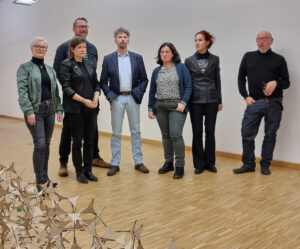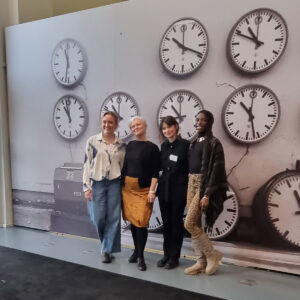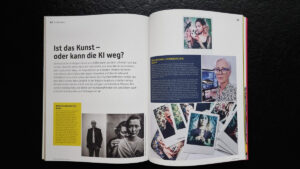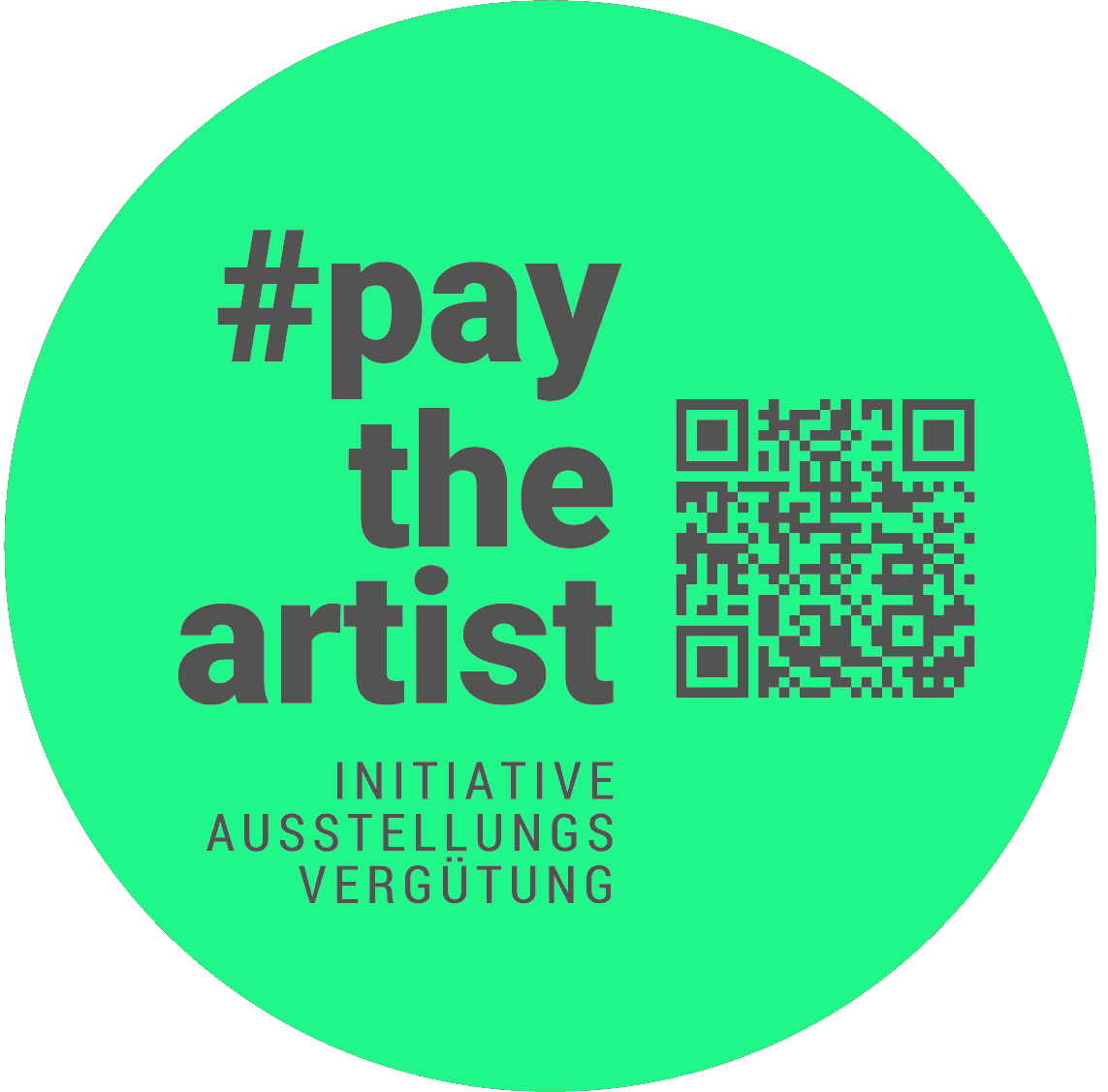
A C H T U N G K U N S T !
Erika Kassnel-Henneberg
Videokunst, Konzept, Polaroid, Kollage
oder nach unten scrollen ↓
Events:
- …FRESSEN IHN DIE RABENDas Spiel mit dem Zeug live on Stage Sonntag 16.06., 20 Uhr Stadttheater, Residenzstraße … Weiterlesen: …FRESSEN IHN DIE RABEN
Über und mit KI:
- Wir, KI und die KunstKünstliche Intelligenz als großer Gamechanger… Artikel von Martina Vordermayer in a3kultur
* * *
* * *
Ausstellungen und mehr:
- …FRESSEN IHN DIE RABEN
- Zehn Zimmer, zehn Welten
- Wir, KI und die Kunst
- Minderheiten, ihre Vergangenheit und ihre Städte:
- Ist das Kunst – oder kann die KI weg?
* * *
Mitglied der GEDOKmünchen
* * *
Kann man davon leben?
* * *
Sprache wechseln?
* * *
ImpressumDatenschutz









